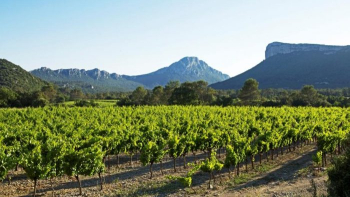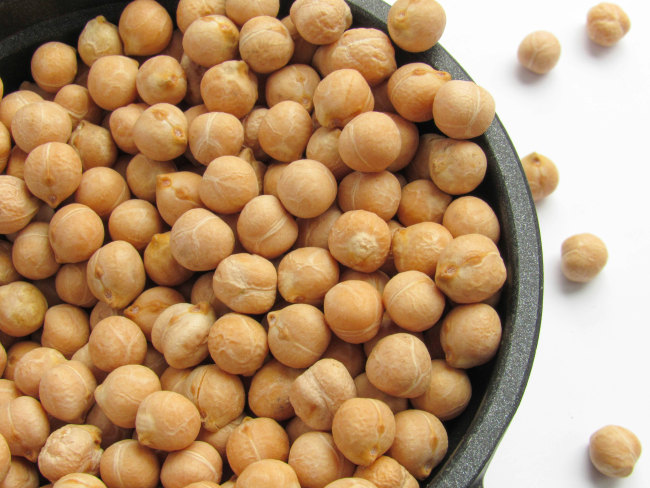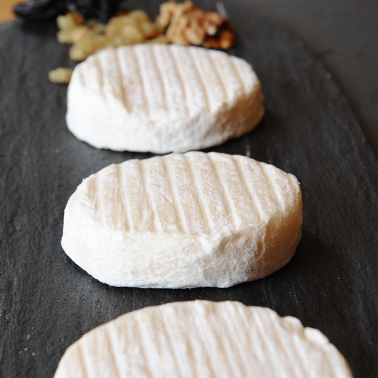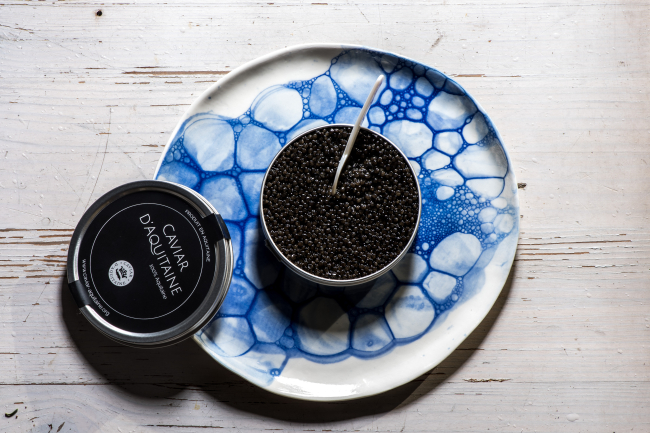This article is older and has been archived.
It remains accessible, but the information provided may be out of date or incorrect.
News
"Pic Saint-Loup" recognized as a Protected Designation of Origin (PDO)
The wines of "Pic Saint-Loup" are officially recognized as a Protected Designation of Origin (PDO), following publication of the implementing regulation in the Official Journal of the European Union on Friday, July 7, 2023. This recognition enhances the know-how developed by Languedoc winegrowers. The red and rosé wines of the "Pic Saint-Loup" PDO now benefit from Europe-wide protection.
Five grape varieties in a Mediterranean environment between garrigues and holm oaks
The PDO's geographical area, located in the north-east of the Hérault department and dominated by the Pic Saint-Loup limestone massif, comprises 17 communes. The vineyards are embedded in the natural environment, between garrigues and groves of Aleppo pine and holm oak, typical of a Mediterranean limestone environment. The originality of the area lies in the way the soils work, coupled with the climatological characteristics that have led the winegrowers to capitalize on their know-how and perfect knowledge of the area. While Syrah N adapts well to a wide range of situations, making it one of the essential grape varieties in the specifications, Grenache N and Cinsaut N are reserved for the driest plots, and Mourvèdre N and Carignan N for the hottest. Daily temperature variations in August and September characterize the vine's vegetative cycle, contributing to the expression of fine, fresh aromas in the wines.
A red or rosé version of the "Pic Saint-Loup" PDO
The red wines are characterized by a garnet-red color, with aromas of red fruit and licorice dominating both the nose and the palate. Elegance, balance and freshness on the palate. The wine's structure is well-structured, with fine tannins. These wines have a certain ageing potential, which is reflected in the specifications by their delayed release. Red wines are aged until July 1st of the year following the harvest, to refine their structure and reveal all their aromas.
As they age, the aromas develop fine notes of red fruit, mixed with spices. Rosé wines are of medium to low intensity. They are fresh and fruity, with a round attack and dominant notes of red berries.
Environmental considerations in the specifications
The "Pic Saint-Loup" PDO specifications include agro-environmental provisions. These contribute to preserving the characteristics of the physical and biological environment, a fundamental element of the terroir. Plastic mulching is prohibited. Headlands must be permanently grassed and maintained. In between rows, vegetation, whether seeded or spontaneous, must be controlled by mechanical means. Plant cover, whether sown or spontaneous, must be kept under control at least during the vine's vegetation period. On the row, weeding must be carried out using equipment that ensures precise localization of the treatment products, if not done by manual or mechanical means. Any substantial modification of the morphology of the relief and the natural pedological sequence of a plot intended for production (levelling, filling in, disking, etc.) is prohibited, with the exception of conventional reprofiling and ripping. Lastly, the addition of exogenous soil, i.e. soil not originating from the appellation's delimited area, is prohibited.

A little history about the "Pic Saint-Loup" PDO
Vineyards in Pic Saint-Loup have been present since Roman times. Between 1955 and 1966, this wine-growing region organized itself to elevate Pic Saint-Loup wines into "Superior Quality Wines", founders of the VDQS Coteaux du Languedoc, then became a denomination of the Coteaux du Languedoc AOC on December 24, 1985. As pioneers, the Pic Saint-Loup winegrowers took the first step towards hierarchization with the recognition of specific production conditions in the Coteaux du Languedoc decree in 1994. "Pic Saint-Loup" was thus recognized as an AOC in 2017. Some of today's estates have been handed down from generation to generation since the 17th century. Others, more recently created, demonstrate the dynamism and appeal of the terroir.
Key figures 2022
48 900
hectolitres produits sur 1473 hectares
271
opérateurs (79 caves particulières et 3 caves coopératives)
Press release
Communication de presse : « Pic Saint-Loup » reconnu en Appellation d’Origine Protégée (AOP)
CP INAO : « Pic Saint-Loup » reconnu en Appellation d’Origine Protégée (AOP)
The latest approvals for French SIQO products
Superior quality chickpeas have just been recognized as Label Rouge following the publication of their approval order by...
News

News
The name "Pérail" is officially recognized as a Protected Geographical Indication (PGI), by publication, on May 26, 2025...
News

News
The name "Caviar d'Aquitaine" is officially recognized as a Protected Geographical Indication (PGI), with the...
News

News
